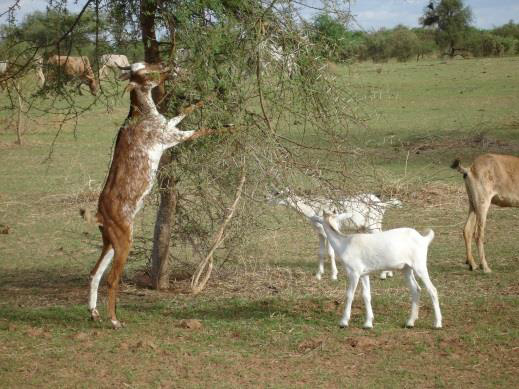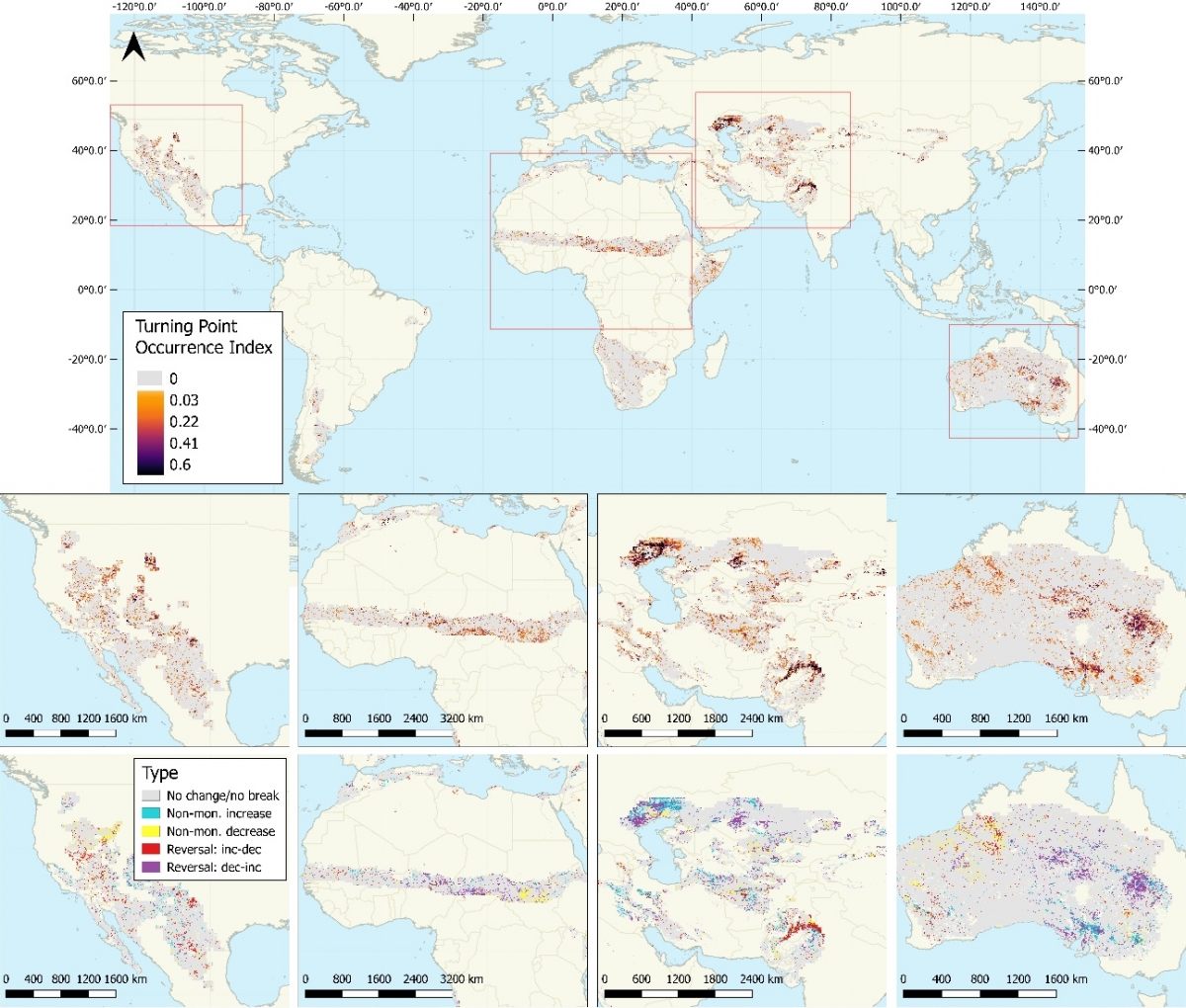Published on 17 June 2020
This June 17th is Desertification and Drought Day. But why do we care about these arid places, which we imagine populated only by snakes and a few shrubs? Because in reality, they are full of life. Covering 40% of the Earth's surface, arid areas are home to more than half of the bird and mammal species and account for around 40% of overall net primary productivity. More than a third of the world's population lives in these arid areas, and the vast majority are constantly under the threat of poverty and food insecurity caused by land degradation and desertification.
 |
Animal and plant species in drylands have developed, over the millennia, several strategies to cope with the low availability of water and very variable temperatures. They can be invaluable in finding solutions to mitigate the effects of climate change. |
Three quarters of Earth's land area is degraded
Recent estimates suggest that 75% of Earth’s land area is already degraded, and if things don't change, this could rise to more than 90% by 2050.
The causes are anthropogenic and climatic. We expect an increase in the severity and frequency of drought episodes in the near future. Dryland ecosystems are particularly vulnerable as they are highly dependent on the water available during the rainy season. Episodes of extreme or persistent drought can have a direct impact on the stability of their ecosystems.
Ecosystems on the brink
Although land degradation can be viewed as a slow and gradual process, alterations in ecosystem functioning can occur very abruptly.

Within an ecosystem, many complex interactions take place in response to internal and external factors. The result of these interactions is called "ecosystem functioning".
These abrupt changes are called "turning points" because they define the moment when the disturbance is strong enough to push the ecosystem to significantly change its functioning (but not necessarily irreversibly).
To prevent the appearance of "turning points" in arid areas, it is important to define where and how they occur and what their impact is.
U-TURN aims to broaden our understanding of drylands
To answer these questions, the team behind the STEREO project U-TURN (Understanding Turning Points in Dryland Ecosystem Functioning) combine advanced Earth observation techniques and dynamic vegetation models.
They used time series of Earth observation data from 1982 to 2015 to estimate the productivity of vegetation in arid regions, and precipitation data from satellite images and weather stations to estimate the efficiency with which ecosystems use available precipitation to produce vegetation.

The turning points frequency index shows the areas where the most likely turning points have occurred in recent decades. The type of change in the functioning of ecosystems varies from region to region. For more information, see Bernardino et al., 2020.
The results revealed that ecosystem turning points occurred in 13.6% (or 210 million hectares) of the world's drylands. Most of them were concentrated in four regions: central and western North America, the Sahel, central Asia and eastern Australia. In North America, the changes resulted in a general decrease in ecosystem functioning while in other regions, the trend was rather improving. Unfortunately, these changes are expected to be reversed by climate change. This is why it remains important to closely monitor dryland ecosystems. In addition, more research is needed to determine the main causes of the changes and to distinguish climate impacts from those resulting from human activities.
The U-TURN project team continues their research to advance our understanding of abrupt changes in ecosystem functioning. Their results should help decision-makers to identify priority regions for measures to support the conservation and management of ecosystems. Project advances therefore help to mitigate land degradation and, consequently, to preserve dryland ecosystems and the livelihoods that depend on them.